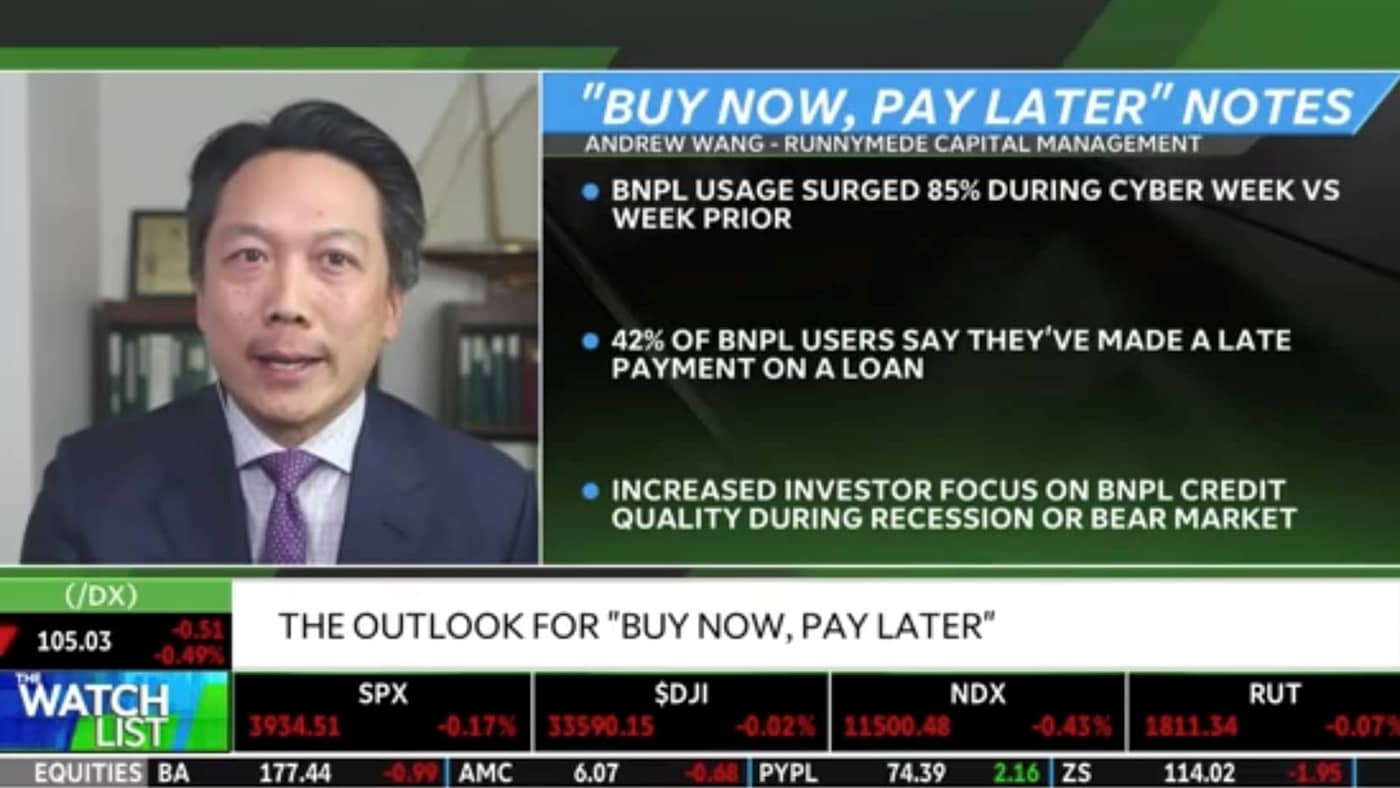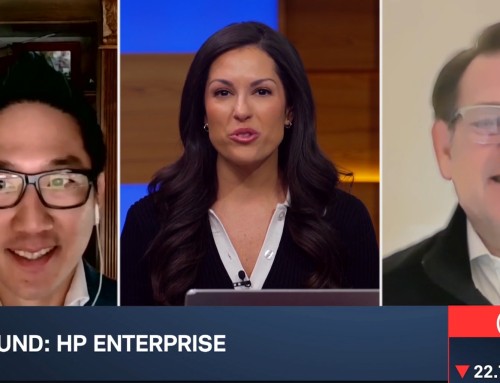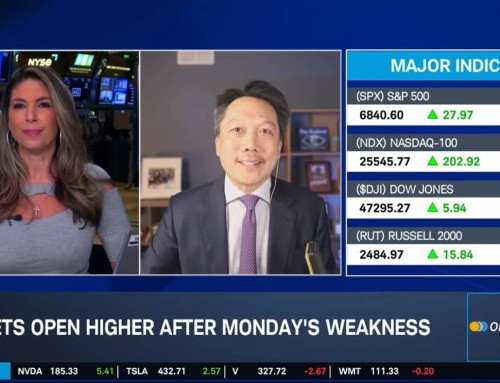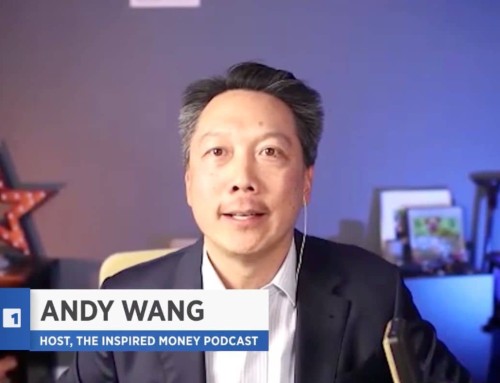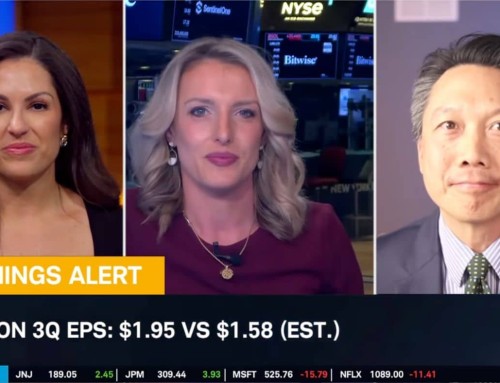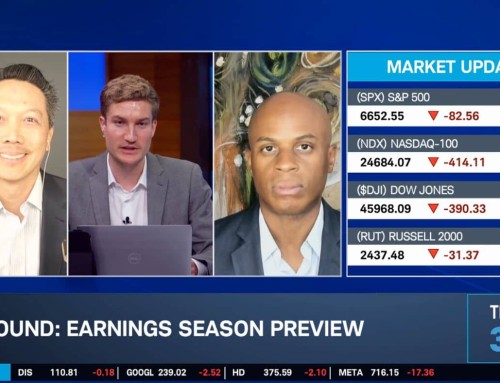Andy was a featured panelist discussing Buy Now, Pay Later companies during this holiday season on The Watch List with Nicole Petallides.
Pros and Cons of BNPL
BNPL, or buy now pay later, is a popular payment option that allows consumers to purchase items and pay for them at a later date. This option has become increasingly popular in recent years, with many retailers offering it as a payment option. While BNPL can be a convenient option for consumers, it's important to understand the pros and cons before using it.
One of the biggest pros of BNPL is that it allows consumers to purchase items that they may not be able to afford upfront. This can be especially useful for big-ticket items, such as appliances or furniture, that may be out of reach for some consumers without the option to pay for them over time.
Another pro of BNPL is that it can be a more flexible option than traditional credit cards. Many BNPL providers offer the option to pay off purchases in installments, which can make it easier for consumers to manage their budgets. Additionally, some BNPL providers don't charge interest, which can be a significant advantage over traditional credit cards.
However, there are also some potential downsides to using BNPL. One of the biggest is that it can be easy to overspend when using this option. Since BNPL allows consumers to purchase items without having to pay for them upfront, it can be tempting to buy more than they can afford. This can lead to financial problems down the road, particularly if consumers are unable to make their payments on time.
Another potential downside of BNPL is that some providers may charge fees for late payments or for exceeding agreed-upon payment terms. These fees can add up quickly, which can make it more expensive to use BNPL than traditional credit cards.
Risks of Investing in BNPL Companies
BNPL is sensitive to economic cycles and investor psychology.
In a bull market, BNPL companies promise an opportunity for Fintech to revolutionize the world and democratize access to credit.
In a bear market, BNPL may be considered to be a low-quality, subprime lender. If real consumption is down because of persistent inflation, higher interest rates, and a negative wealth effect – this will be a drag for all BNPL companies.
Other risks include:
BNPL companies face the potential for increased regulation. In recent years, BNPL companies have faced increased scrutiny from regulatory bodies, particularly in regard to their practices around late fees and credit checks. If stricter regulations are put in place, BNPL companies may face challenges in maintaining their current business model, which could impact their profitability and ultimately, their stock price.
Another risk is the potential for increased competition. As the BNPL space continues to grow, more companies are entering the market, which could lead to a saturation of the market. This could result in decreased market share for individual BNPL companies, leading to lower revenues and potentially lower stock prices.
BNPL companies often rely on partnerships with retailers and merchants in order to offer their services. If these partnerships were to dissolve or be terminated, it could impact the BNPL company's ability to provide their services and ultimately, their profitability.
Investors should also be aware of the potential for financial instability among BNPL users. Many BNPL users may not have the means to pay off their debts in full, which could result in defaulted payments and increased bad debt for BNPL companies. This could lead to financial difficulties for the BNPL company and potentially lower stock prices.
While investing in BNPL companies offers the potential upside of high-growth businesses, it is important for investors to carefully consider the potential risks and conduct thorough research before making any investment decisions.
In conclusion, both consumers and investors should carefully consider the pros and cons of BNPL. Investors need to consider how it might fit into an investment portfolio through different market cycles.
Have you used BNPL for purchasing goods or services?
